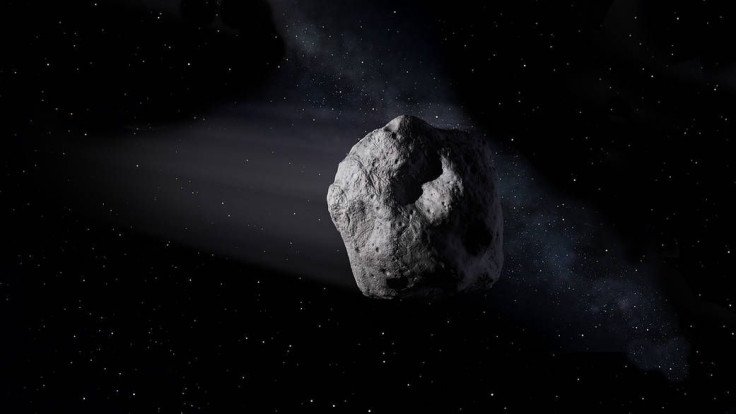Massive ‘Lost’ Asteroid Zooming Past Earth On May 15 Poses No Risk

Astronomers have rediscovered a “lost” asteroid just a few days before it makes a close pass by Earth.
The space rock, dubbed 2010 WC9, spans around 197 to 427 feet and is expected to pass at about half the distance to the Moon (approximately 126,419 miles from Earth) on May 15. It is currently hurtling through space at more than 46,000 kilometers per hour, but there will not be any threat to the population on Earth during the closest approach at 6:05 pm EDT, EarthSky reported.
The asteroid nearly as big as a football field was first discovered in 2010 by a group of astronomers working on the Catalina Sky Survey in Arizona. However, as it went toward the outer-reaches of the solar system, it became impossible for the group to keep track of its movement. They lost it in 20 days and were neither able to determine the asteroid's complete orbit nor predict when it might make a comeback.
Since then, nobody had a clue of the asteroid’s whereabouts until it showed up again on May 8. The object was first designated as ZJ99C60, but soon it was confirmed it was the lost asteroid 2010 WC9. According to calculations at NASA, this will be the asteroid’s closest Earth flyby in nearly 300 years.
In fact, even in terms of size, this will be the closest ever approach made by an asteroid this big. For comparison, the asteroid that exploded over Russia’s Chelyabinsk and injured more than a thousand people was barely 65 feet across.
Though it won’t be visible to the naked eye during the flyby, astronomers predict small telescopes might give a faint view of the space rock if pointed in the direction at the right time. Viewers can also watch a live broadcast of the zooming asteroid on Northolt Branch Observatories’ Facebook page on May 14.
“The broadcast will be less than 25 minutes in duration, as the asteroid will cross our field of view within that period of time. The asteroid will be moving quite rapidly (30 arcseconds per minute). Our display will update every five seconds,” Guy Wells, the founding member of the observatory, told EarthSky. “We are of course collecting astrometric data whilst this is happening, but the motion of the asteroid will be apparent every five seconds!”
Asteroid identification and tracking
The discovery and tracking of near-Earth asteroids is an ongoing global project which includes NASA as well as other agencies. Astronomers have identified about 8,000 space rocks spanning at least 460 feet across, but approximately 17,000 similar ones still remain undetected, Space.com reported. The effort goes on all the time, but on some occasions, the size, speed, and chemical composition of these objects make it extremely difficult to observe them in visual wavelength.
© Copyright IBTimes 2024. All rights reserved.











